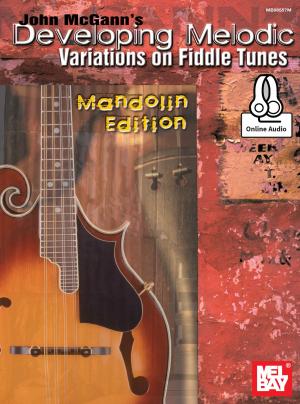The "Fiddy Cent Guide" to Understanding Music (for Guitar)
Nonfiction, Entertainment, Music, Instruments & Instruction, Guitar, General Instruments| Author: | Deacon Martin | ISBN: | 9781311242488 |
| Publisher: | East Coast Road Productions | Publication: | March 24, 2014 |
| Imprint: | Smashwords Edition | Language: | English |
| Author: | Deacon Martin |
| ISBN: | 9781311242488 |
| Publisher: | East Coast Road Productions |
| Publication: | March 24, 2014 |
| Imprint: | Smashwords Edition |
| Language: | English |
Music is a mysterious place. It is close to being mathematically perfect, but not quite.
Although the original western scales devised by the Greeks were simply multiples of certain lengths of vibrating string, many factors have conspired to make contemporary western scales a little more complicated. For example, to work out the frequency of any note on the piano you would have to apply the following formula:
Pn = Pa(12√2)(n-a)
This would tell you that the frequency of A is 440 Hertz, B is 493.88 Hertz, C is 523.25 Hertz, and so on. These are irregular increments and these irregular increments have implications for all the western scales - but, luckily for you, none for us here today. We're going to keep away from this stuff.
Table of Contents
- Basic basics
- Notes and Scales
- Keys
- Chords
- Jamming in C
- Jamming Elsewhere
- One More Key
- Stop Reading
Music is a mysterious place. It is close to being mathematically perfect, but not quite.
Although the original western scales devised by the Greeks were simply multiples of certain lengths of vibrating string, many factors have conspired to make contemporary western scales a little more complicated. For example, to work out the frequency of any note on the piano you would have to apply the following formula:
Pn = Pa(12√2)(n-a)
This would tell you that the frequency of A is 440 Hertz, B is 493.88 Hertz, C is 523.25 Hertz, and so on. These are irregular increments and these irregular increments have implications for all the western scales - but, luckily for you, none for us here today. We're going to keep away from this stuff.
Table of Contents
- Basic basics
- Notes and Scales
- Keys
- Chords
- Jamming in C
- Jamming Elsewhere
- One More Key
- Stop Reading















